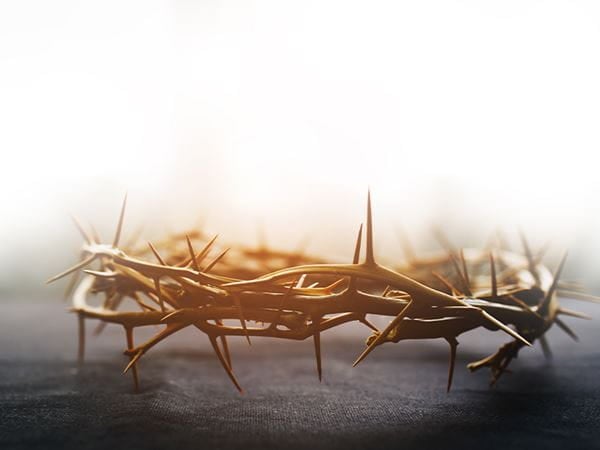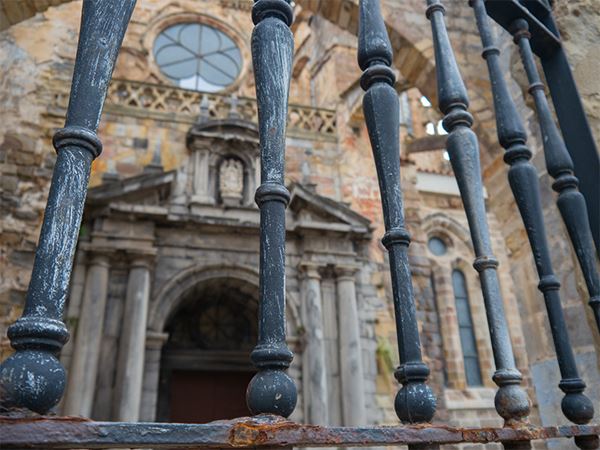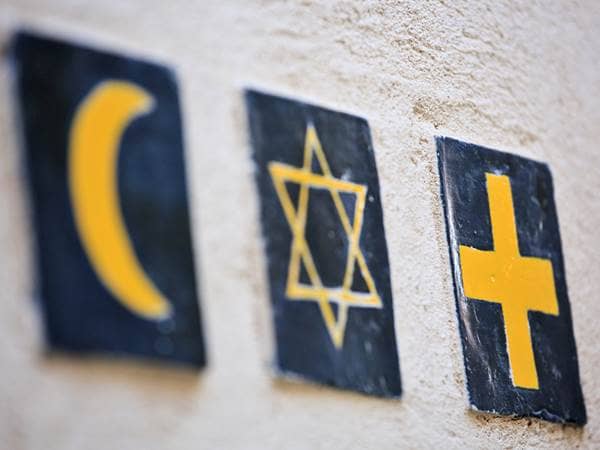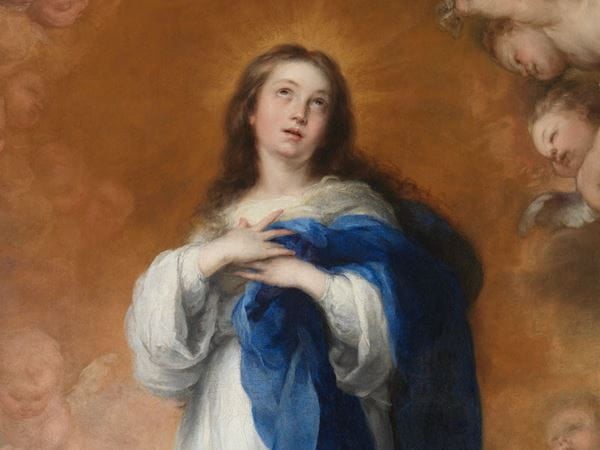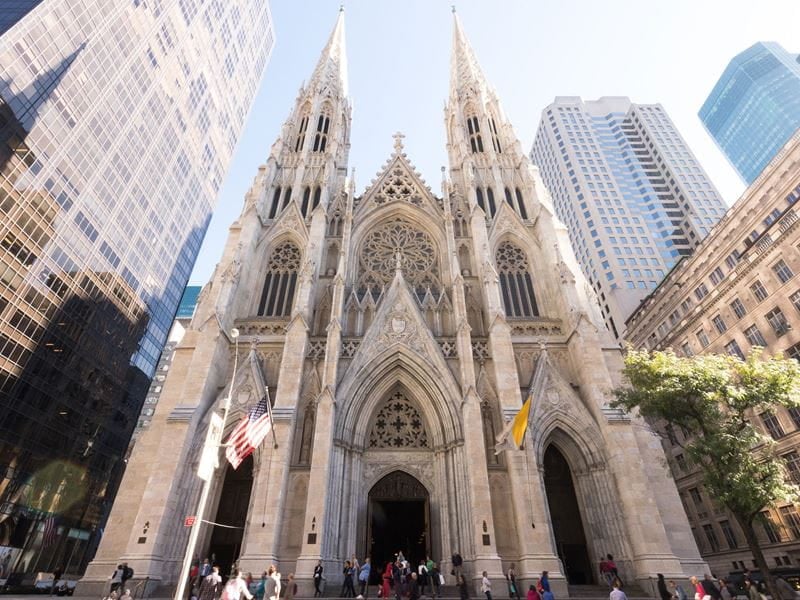
- Trending:
- Pope Leo Xiv
- |
- Israel
- |
- Trump
- |
- Social Justice
- |
- Peace
- |
- Love
The 100 Most Holy Places On Earth
St. Patrick's Cathedral

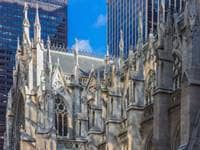
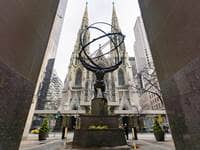
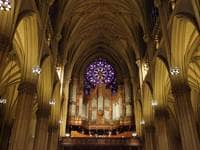

Associated Faiths:
Roman Catholicism
Also frequented by Christians of other High and Low-Church traditions
Accessibility:
Open to visitors.
Annual visitors: 5,000,000
History
St. Patrick's Cathedral, in midtown Manhattan, is the seat of the Archbishop of New York. Of course, the word “cathedral” comes from the Latin, “cathedra,” which means “seat”—as in the throne of the bishop who presides over that portion of the Church. Thus, St. Patrick’s functions both as the headquarters of the archdiocese, and also as a parish church. St. Patrick’s Cathedral is the second church to be built on this specific site, the current structure being a replacement edifice.
In the late 18th century, there were only approximately 200 Roman Catholics in New York City—and a singular priest to serve them. The building they met in, known as St. Peter’s, was in lower Manhattan—not terribly far from where St. Patrick’s Cathedral now sits. The “corporation of St. Peter’s Church” owned another site in lower Manhattan, which would be the site of an ancestor to the current Cathedral. And, owing to the early-19th century growth of Catholicism (in New York), it was determined that the Diocese of New York be created, and a cathedral (for the bishop) be erected. Hence, in 1809, the cornerstone was laid for the first St. Patrick’s Cathedral—on Mulberry Street (in lower Manhattan).
As Catholicism continued to grow in the state, it was determined that a new and larger Cathedral would be needed. Thus, in 1858—on the site occupied by Saint John’s Church—construction of the new St. Patrick’s Cathedral was begun. Construction moved along quickly for a time, but was halted by the Civil War, the need for funding, and other challenges of the era. Shortly after the end of the Civil War, construction picked up again. While the cathedral was still under construction, it was formally opened for used in 1879. Its spires were completed in 1888, and other components (such as the “Lady Chapel”) were not completed until the first quarter of the 20th century.
Renovations and expansions of parts of the cathedral were begun in the late 1920s. Those have continued in fits and starts throughout the 20th century and into the 21st century. They have included repairs, updates, and modernizations, as well as some expansions and replacements. Preservation efforts continue, ensuring that this sacred edifice will be available to serve Catholics in New York for many generations to come.
Religious Significance
Saint Patrick’s Cathedral is an important symbol, which technically had its beginnings less than 20 years after the signing of the Declaration of Independence. In its earliest stages, the United States of America was a decidedly Protestant nation. And in those early years, Catholics were both few in number and frequently persecuted. Thus, one of the reasons this holy house is a “sacred space” for practicing Catholics is because it symbolizes their struggle for acceptance in the U.S., their overcoming of opposition, and their sense that God’s will was manifest through the establishment of this remarkable edifice in the heart of New York—reminding all who visit of the Roman Catholic faith and the God whom they worship.
Like any church, basilica, or cathedral, St. Patrick's is “sacred space” because it is not just a “house of worship,” but also a “house of sacraments.” Salvific sacraments have been at the heart of the Christian Church for two millennia. And while some contemporary Roman Catholics may question (in the post-Vatican II era) if they are indeed “salvific,” the Church continues to suggest that they are central to the faith and life of the Church and its people. Thus, any edifice in which those holy sacraments are administered constitutes “sacred space”—simply by virtue of the sacraments and the power which they possess. And because the chief sacrament of the Church—the Eucharist or Sacrament of the Lord’s Supper—has at its core the doctrine of transubstantiation, entering St. Patrick's Cathedral is equivalent to entering into the presence of Christ.
The association of the Cathedral with Saint Patrick is interesting—as Patrick was technically not officially part of what we would call Roman Catholicism. Rather than being called “Catholic,” it might be more accurate to say that he was a “Romano-British Christian.” His fifth century mission to the predominately pagan nation of Ireland was outside of the commission or jurisdiction of the Roman Catholic Church. And while never formally canonized by the Catholic or Eastern Orthodox traditions, both speak of his as a “saint” and venerate him as such. That being said, the naming of the Cathedral after Patrick is a lesson for practicing Catholics—and Christians generally speaking. Jesus’ “great commission” was to “take the gospel to all nations.” Patrick is the epitome of the fulfillment of that commission. When he began his mission, Ireland was almost entirely pagan—with Druid priests “running the show” in that great nation. However, by the time of Patrick’s passing (decades later), a significant portion of Ireland’s population had embraced the message of Christianity. This laid the groundwork for Roman Catholicism’s current strength in that country. Thus, the “sacred space” which is Saint Patrick’s Cathedral is a reminder to all Christians who visit or view it of their duty to fulfill Christ’s “great commission” by living a holy life, loving as God loves, and openly sharing their beliefs with those who might accept the gospel message.
Saint Patrick’s Cathedral is a physical space that invites pilgrims and parishioners to come and find God. To enter His presence through the sacraments. To be in communion with him. As a “sacred space,” its art and architecture inspire the visitor, drawing eyes upward and hearts heavenward. Its impact is, thus, not just in its teachings but in its inspiring aesthetics.



